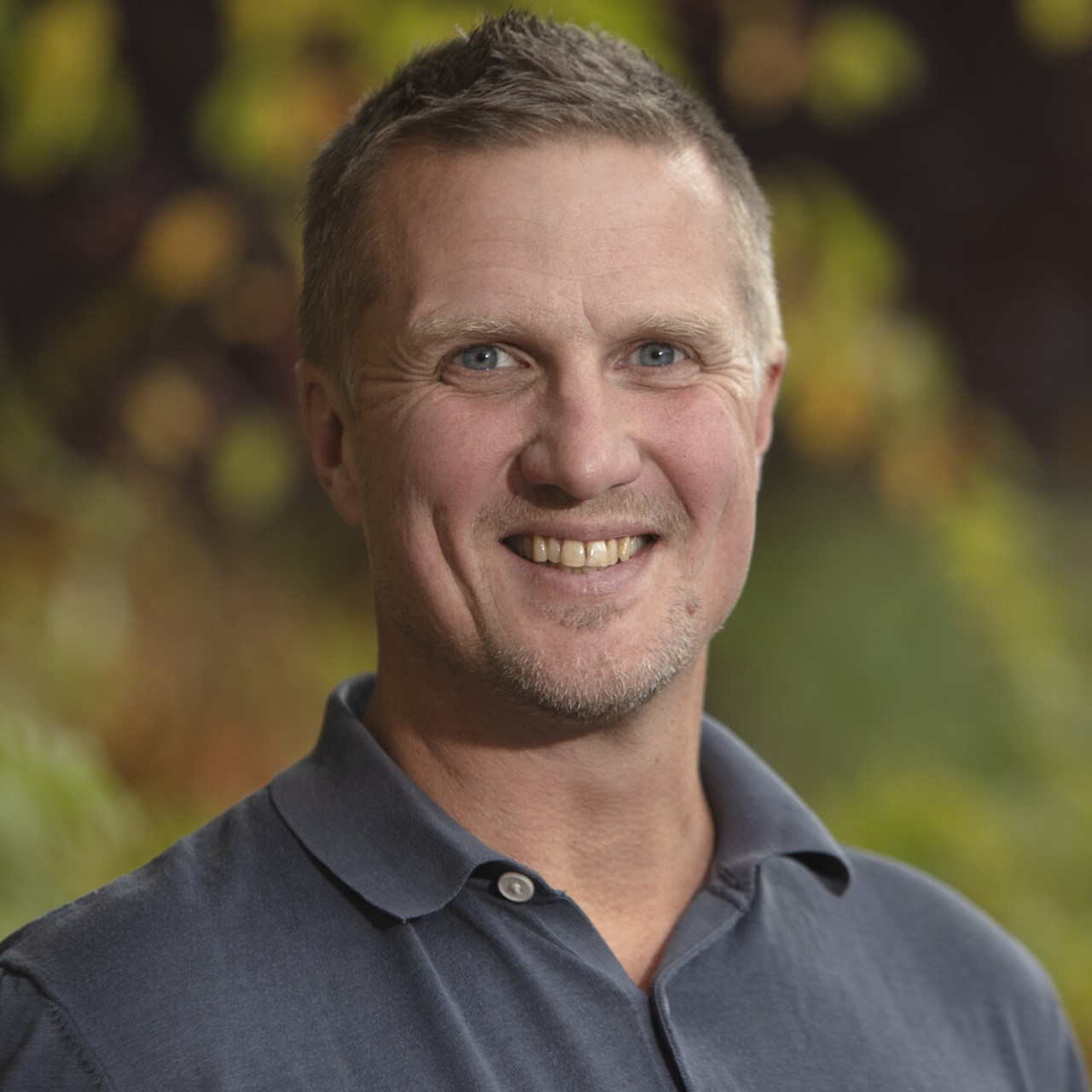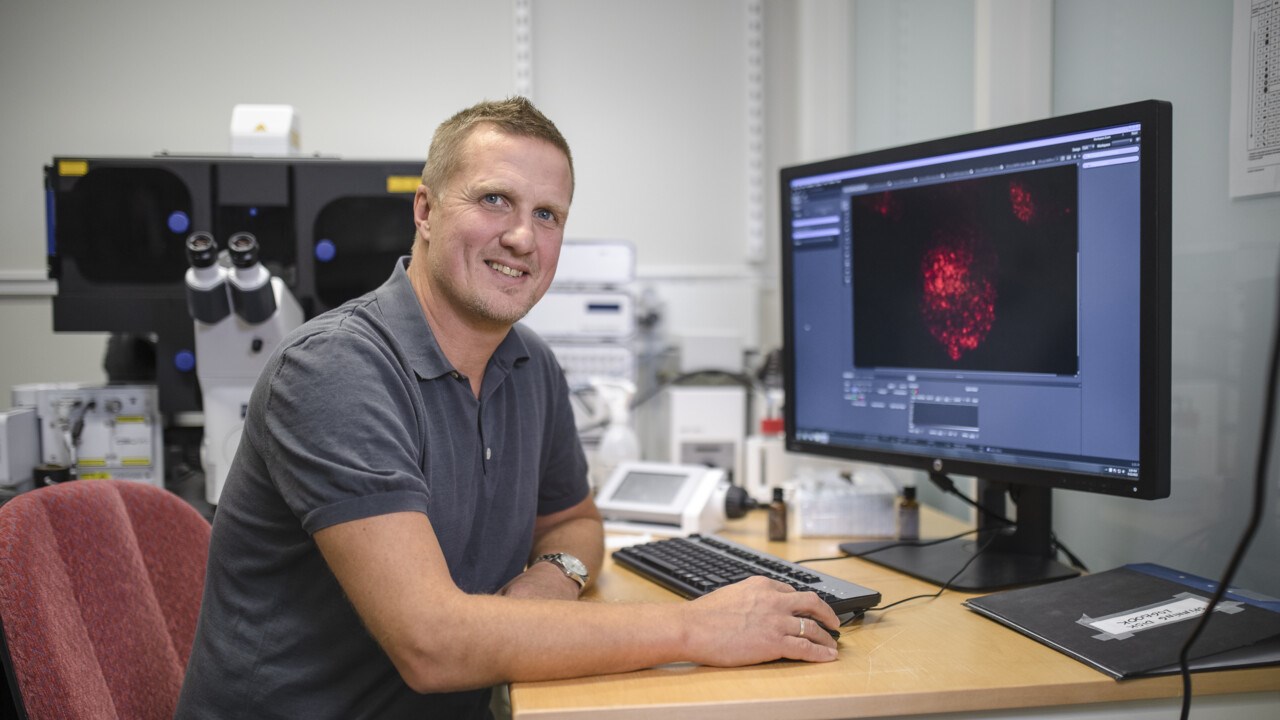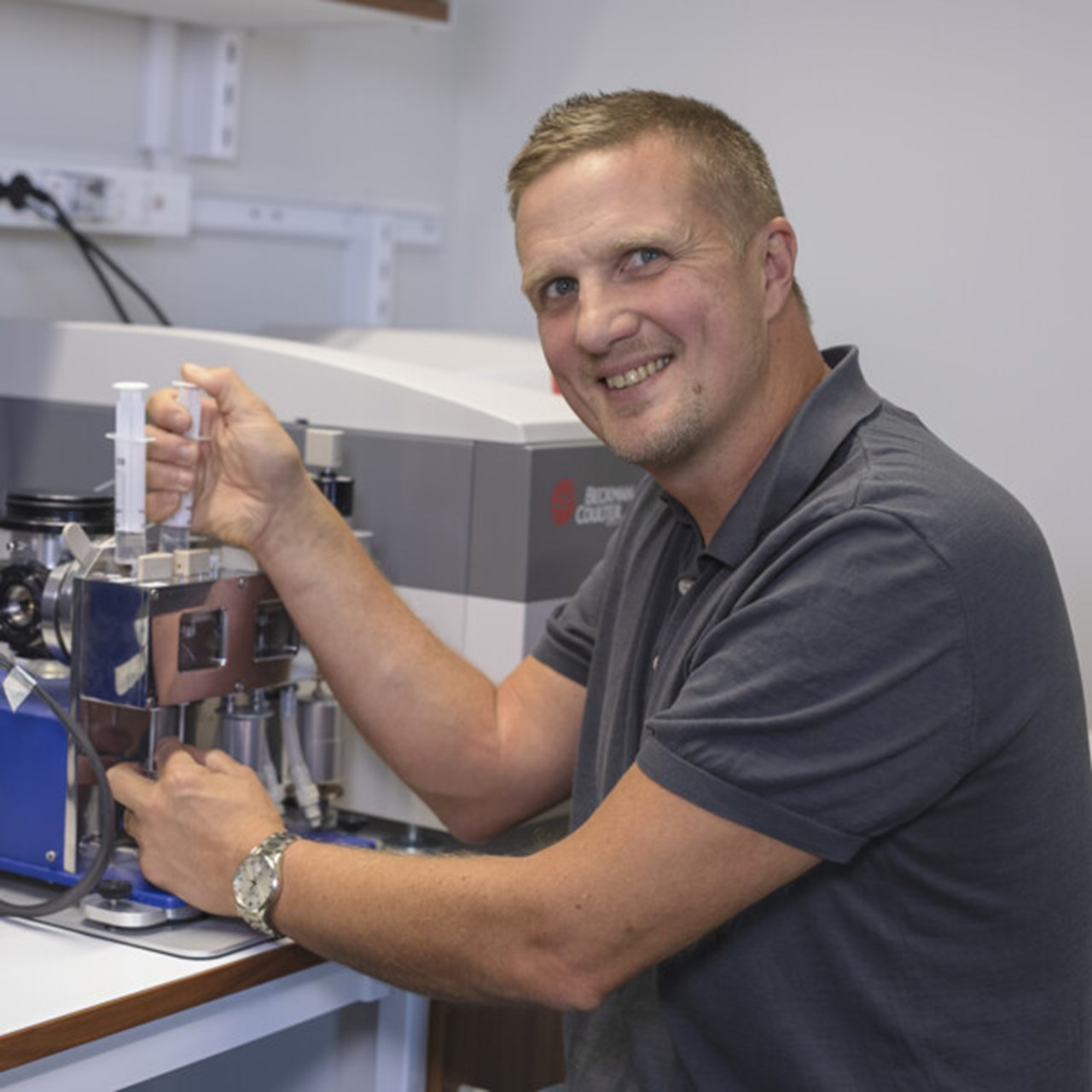More about Richard Lundmark
Family: Wife Ida and children Samuel (22 years), Elias (20 years) and Lina (16 years)
Comes from: Ostvik
Lives: Sävar, 18 kilometers from Umeå
Drives me at work: I want to know how things work
Best relaxation: Hunting and fishing and the summer cottage




